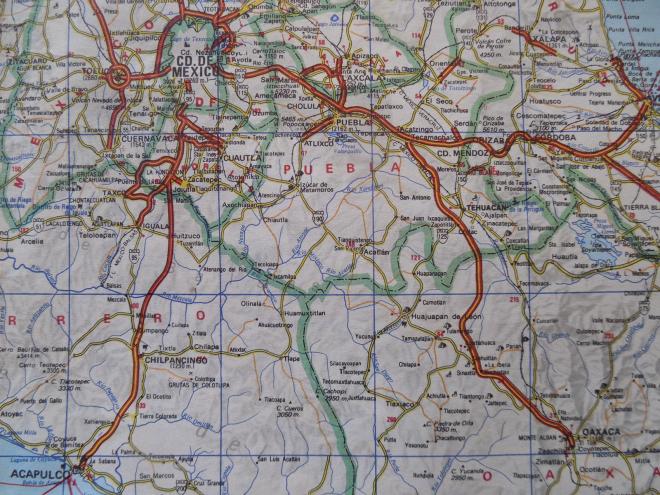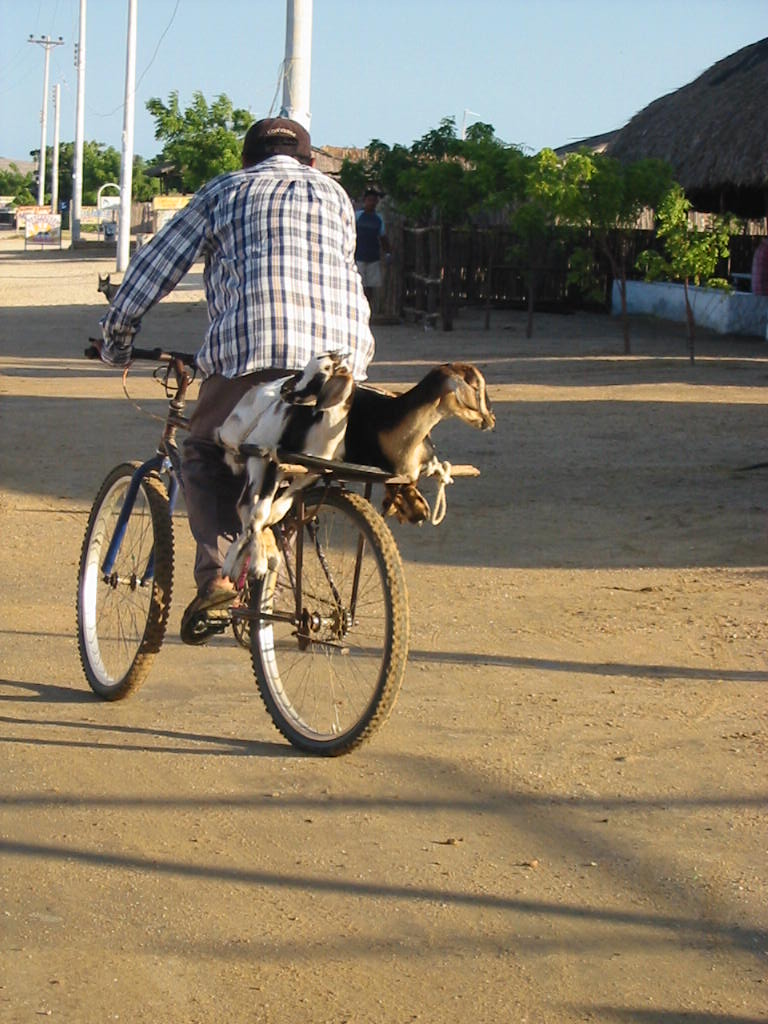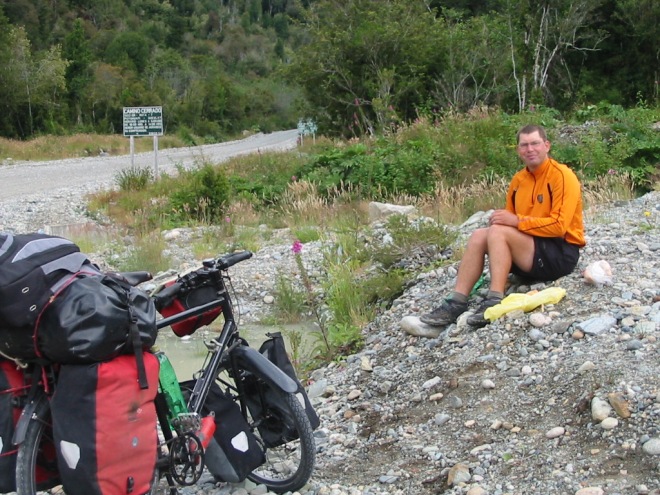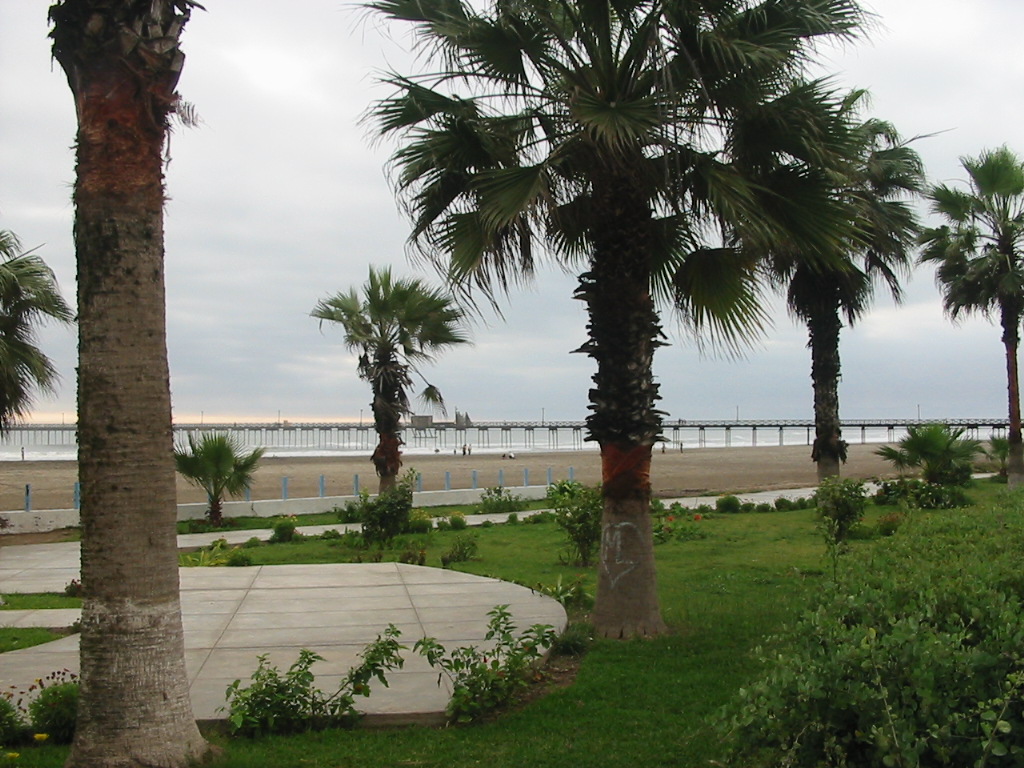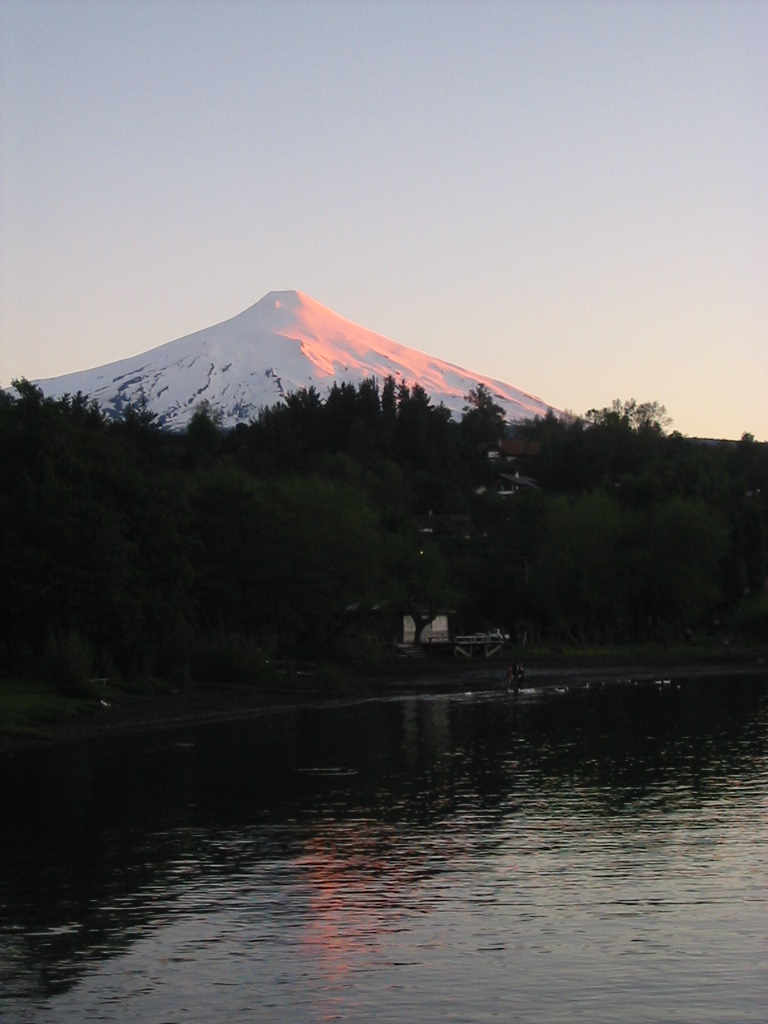HAPPY JUNE SOLSTICE!
If you’re in the Northern Hemisphere, you are officially starting summer, enjoying the longest day of the year.
Whereas, if you’re in the Southern Hemisphere, then winter is officially beginning. This is the longest night of the year.
This is also the time when many Andean nations celebrate Inti Raymi.
AND – it is time for another quarterly round-up of my recent publications!
Yes, my poetry, travel writing and visual expressions continue to appear in journals and on websites around the world – this quarter, in the US, Croatia, Northern Ireland, Mexico / Canada, England, and the UK.
Spend this June solstice browsing through the list (with links) below, poetically journeying to Colombia, the Galapagos Islands, Ecuador, Bolivia, Argentina, Honduras, Nicaragua, Cuba … and destinations within my self / Self …
This past quarter, my poetry and narratives have also appeared in a quartet of anthologies. As well, recordings of virtual readings in which I participated are now available.
In the realm of travel narratives and articles, we’ll be tripping into the world of magic realism … and visiting a Peruvian market, riding a Mexican train, and traversing the Venezuelan plains … oh, and also taking a train in northern Honduras …
Until we next meet …..
Safe Journeys!
º
NEW LITERARY EXPRESSIONS
[haiku] “of what are people” in Cold Moon Journal (20 March 2024)
“Seekers” in First Literary Review-East (March-April 2024)
“On Restless Wings” and “Yungas” in The Field Guide Magazine (Issue 6, March 2024)
“In the Plaza Independencia” + photography in MasticadoresUSA (30 March 2024)
º
“These Deserted Streets” in ZVONA i NARI (Croatia) (24 April 2024)
“The House Speaks,” “Destinies,” “For a Split Moment” and “Sunday Morning Vignettes” in A New Ulster – ANU (Northern Ireland) (Issue 134, April 2024)
º
+ “Querida Managua” [en español] + translation by Jorge Javier Romero and the author in La Presa (México/Canada) (Nº 15, Spring 2024)
Ecuador Suite: “Under the Noon-Day Sun,” “Pescadores,” “This Dampened Night” and “Gilded Morn” in Rundelania (May 2024)
“On the Threshold,” “Seeking Refuge,” “Nocturne” and “Full Moon in January” in Canyon Voices (Spring 2024)
º
“Illusions,” “Spirit Suite – Étude Nº 4” and “Drifting” in Lothlorien Poetry Journal (England) (9 June 2024)
“Mirrored Moon” in The Big Windows Review (11 June 2024)
º
º

In the Forest Glade (pen & ink) drawing © Lorraine Caputo
NEW VISUAL EXPRESSIONS
My visual creations have been featured here :
[drawing] “In the Forest Glade” in Sein und Werden (UK) (To Settle a Score issue, Spring-Summer 2024)
º
º

AND OTHER NEWS IN THE PUBLISHING and ARTS REALM
My literary works – both poetry and travel narratives – now appear in several new anthologies:
“Meditation : Galápagos Seas” and “Washed” in Lit Shark’s Best Of 2023 Anthology
“I Am a Mother,” in Dress Codes: A Poetry Anthology, edited by Crystal Miller and Tammy Melody Gomez (2023)
“Galápagos Sketches – A Village Feast Day” in A Place to Pause: A Lowestoft Chronicle Anthology Paperback (Lowestoft Chronicle, 2024)
“Santiago Stickball” and “We Ain’t Supposed to Play” in Who’s Your Team? (baseball anthology), ed. by Sandy Lee Carlson (Orenaug Mountain Publishing, 2024)
º
I have participated in several virtual poetry readings. These are recent ones that are available for viewing:
Recordando Mi Time Suck, 16 March 2024
Jim’s Informal Open Mic #13, 16 May 2024
Jim’s Informal Open Mic #14, 30 May 2024
º
Another microchap of my poetry is now available for FREE from Origami Poems Project. (If you are able, please make a donation to this non-profit press, so that it may continue with its mission to publish these free collections.)

Santa Marta Ayres : On Colombia’s Caribbean Coast (Origami Poems Project, 2024)
º
º
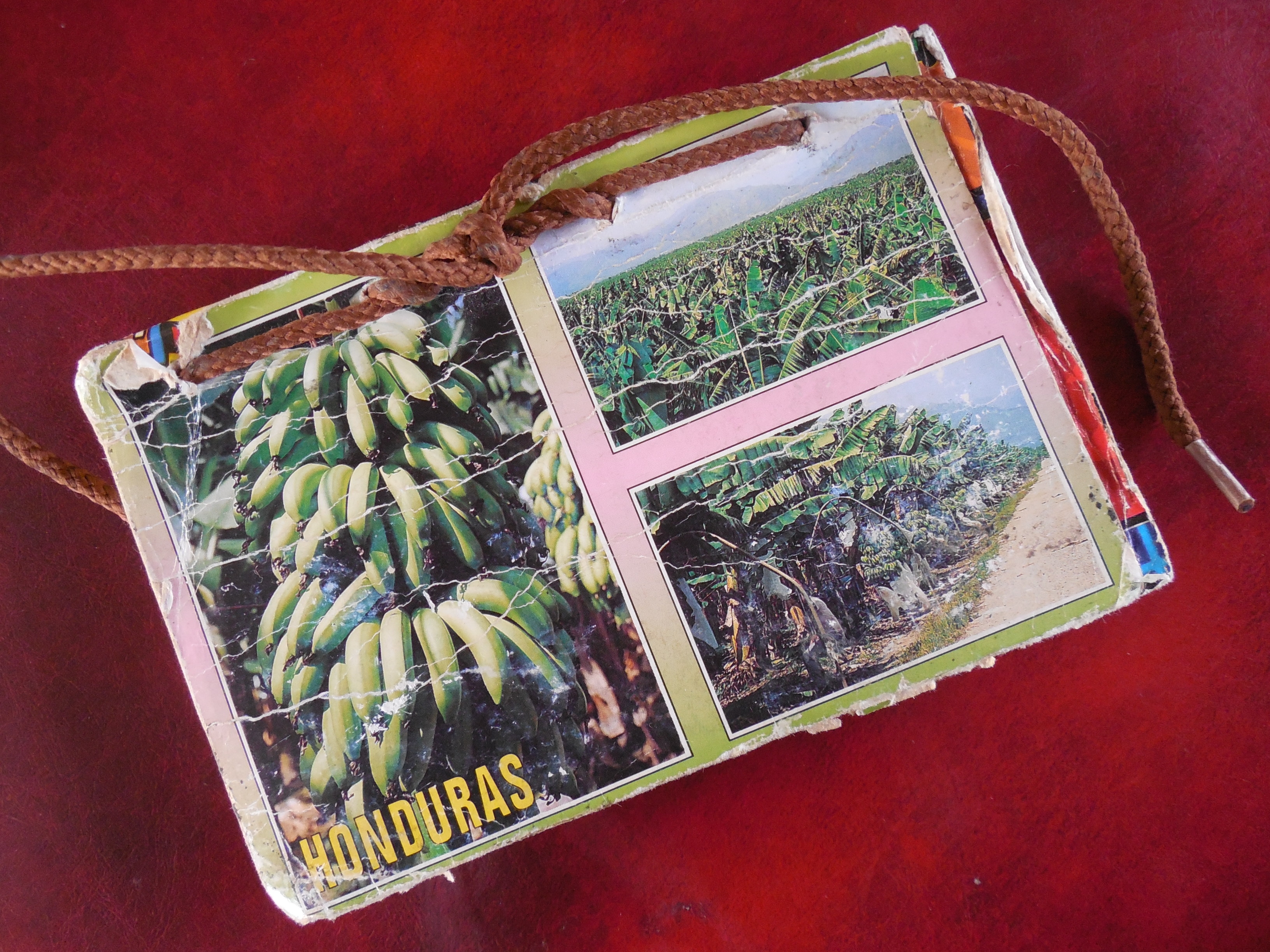
The complete manuscript of my works about the United and Standard Fruit Companies. photo © Lorraine Caputo
NEW TRAVEL EXPRESSIONS
“Endings” (Issue 2, April 2024)
“A Postcard from Peru – Yerbabuena,” “In the Frigid Night” and “Sunset Journey” (May 2024)
Book of Matches Literary Journal
“The Chiquita Train” (Issue 11, Spring 2024)
º
º
Do you have a project in mind?
Rely on my decades of writing and publishing experience to make your writing or website shine!
If you need any of the following services, please feel free to contact me for a cost quote on your project:
- an article for your publication or website
- proofreading and editing of your blog articles
- a translation (Spanish-English)
- proofreading or copyediting of your dissertation, book or article
- design of an eBook or ready-to-print collection of your poetry (please see here for examples)
º
I am also available to participate in literary events.


